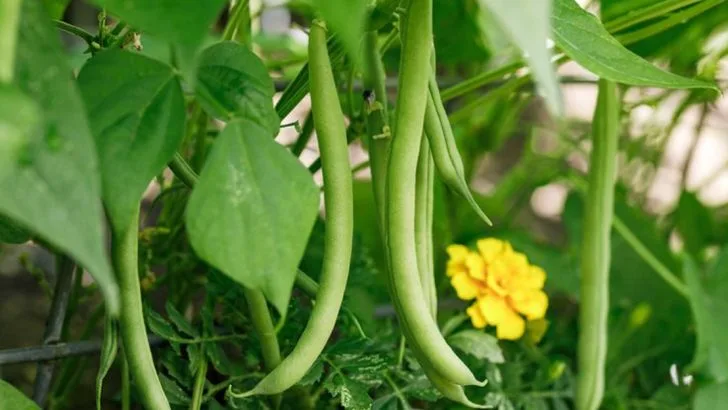Garlic is a powerful companion plant, known for repelling pests and boosting nearby crops, but not all plants thrive beside it. Some struggle due to allelopathy (natural chemical interactions), nutrient competition, or growth suppression, making garlic a less-than-ideal neighbor in certain garden beds.
In this article, we highlight 16 plants that struggle when grown next to garlic. From legumes that dislike its root secretions to delicate herbs that lose their flavor, these plants are best kept at a distance. If you want to avoid stunted growth and maximize your harvest, knowing what not to plant near garlic is just as important as knowing what to pair with it!
Beans
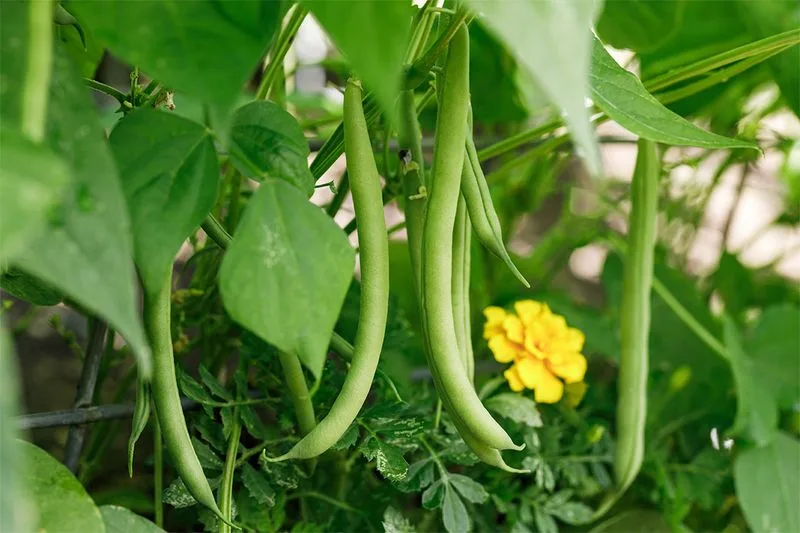
Beans often find themselves in a challenging position when placed next to garlic. Their growth can be stunted, and yields may diminish significantly. This is due to garlic releasing natural compounds into the soil, which can interfere with the bean’s root development. Consider positioning beans away from garlic to ensure they have the opportunity to flourish fully. Instead, try planting them alongside other legumes or leafy greens that are more compatible. Keeping these companions apart in your garden layout can lead to a more productive and harmonious environment for both plants.
Asparagus
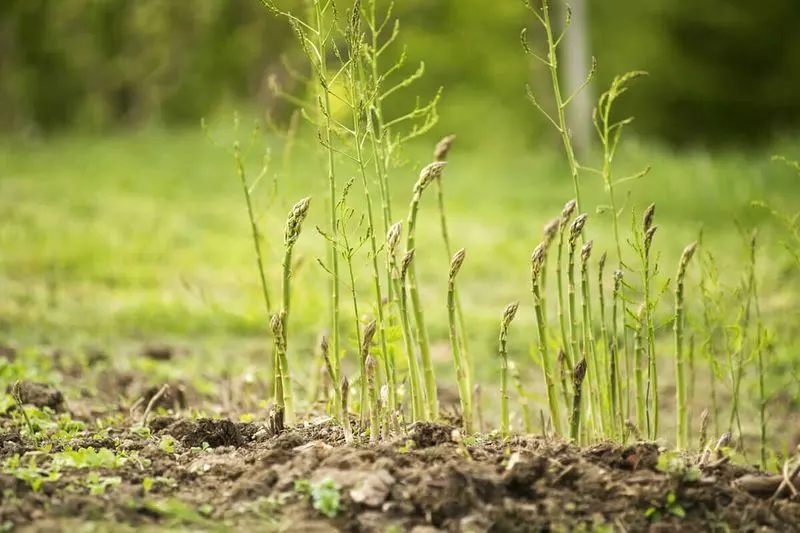
Asparagus might seem robust, but it struggles when paired with garlic. The sulfur compounds released by garlic can be particularly harsh, affecting asparagus’s root system and overall vigor. To preserve the health of your asparagus, it’s wise to maintain some distance between these two. Planting asparagus in a separate bed or a different section can prevent unwanted competition, giving it the space and nutrients it needs. By respecting these boundaries, both plants can thrive without hindrance from one another’s growth patterns and chemical influences.
Peas
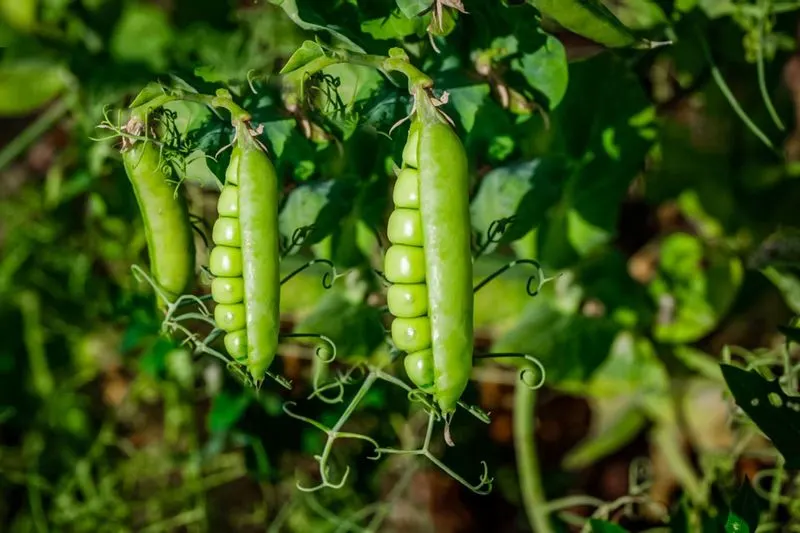
Peas are generally easygoing, but garlic’s presence can disrupt their development. The release of allelopathic chemicals by garlic can hinder pea plant growth, especially in the root zone. This can lead to reduced yields and underdeveloped plants. To avoid this conflict, it’s better to plant peas in a separate garden area or alongside other legumes like lentils. By doing so, you ensure that peas have the best conditions to grow healthily, free from the inhibitory effects caused by being too close to garlic.
Sage
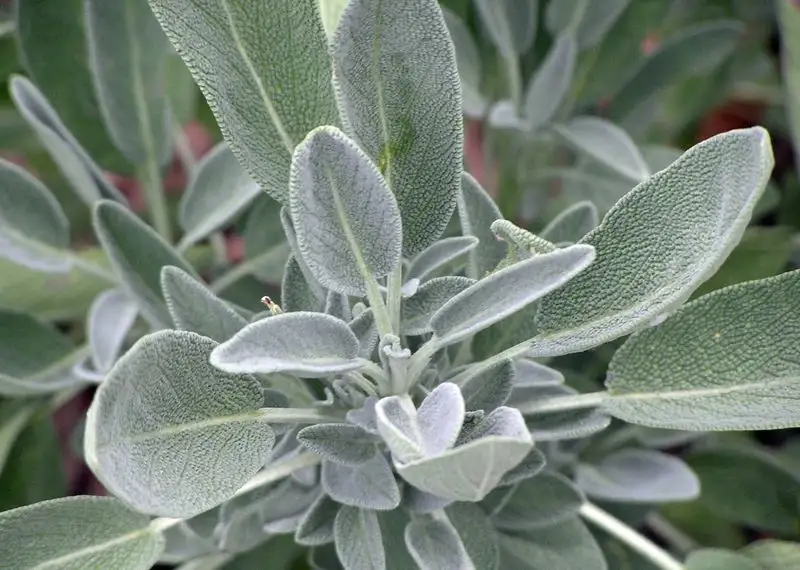
Sage, known for its resilience, doesn’t fare well next to garlic. The aromatic oils from garlic can interfere with sage’s growth and aromatic intensity. This interaction can lead to weaker sage plants with less aromatic leaves, which are less desirable for culinary use. To protect the integrity of your sage, it’s best to plant it at a distance from garlic. Consider positioning it near other herbs like rosemary or thyme, which are more compatible. This separation helps maintain the quality and vigor of your sage.
Parsley
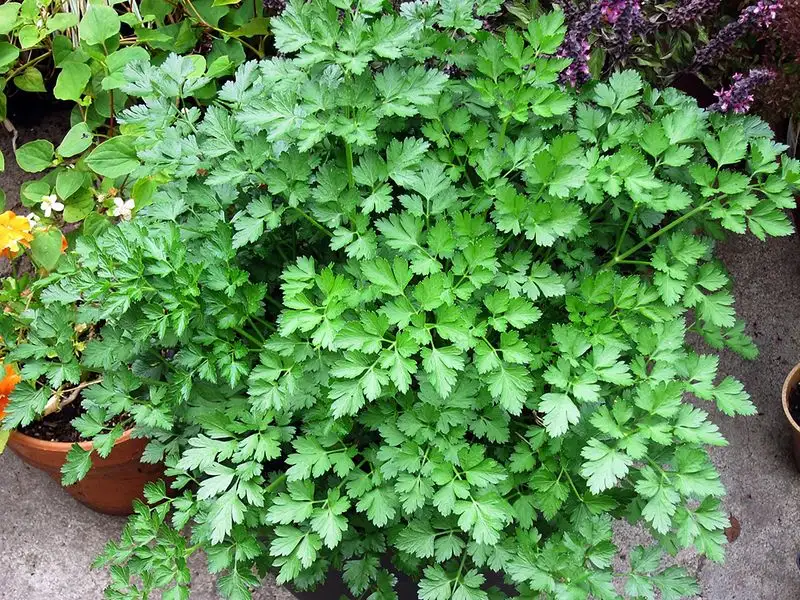
Parsley, with its delicate foliage, can suffer when garlic is too close. The chemical emissions from garlic can lead to parsley’s leaves becoming discolored or limp. Such stress not only affects its appearance but also its flavor. To keep parsley in peak condition, it’s advisable to plant it away from garlic. Instead, pair it with plants like basil or cilantro, which provide a more supportive growing environment. This careful placement ensures your parsley remains vibrant and flavorful throughout the growing season.
Strawberries
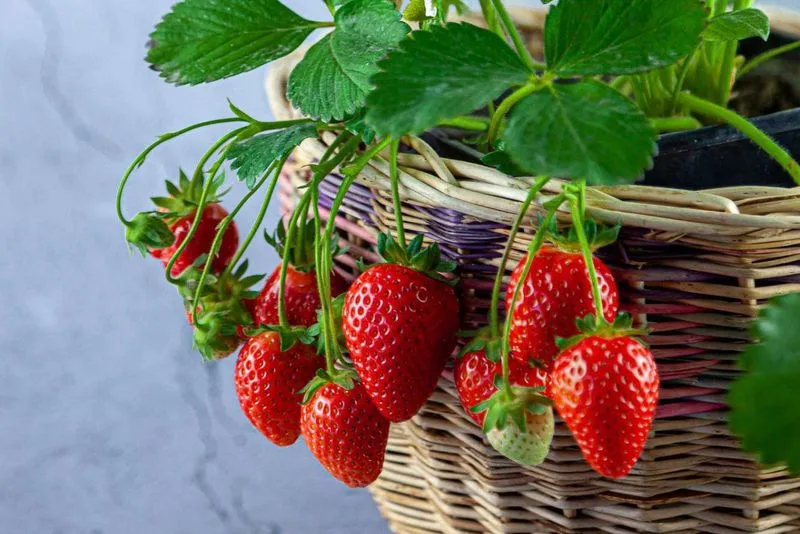
Strawberries are sensitive to garlic’s sulfur compounds, which can inhibit their fruit production. When grown too close, strawberries may show poor fruit development and smaller yields. This is due to the chemical warfare that occurs underground, affecting the strawberry’s root system. To promote better strawberry harvests, consider planting them in a separate area, away from the influence of garlic. By doing so, you can enjoy a more bountiful and sweet strawberry crop, free from the competitive nature of their pungent neighbor.
Spinach
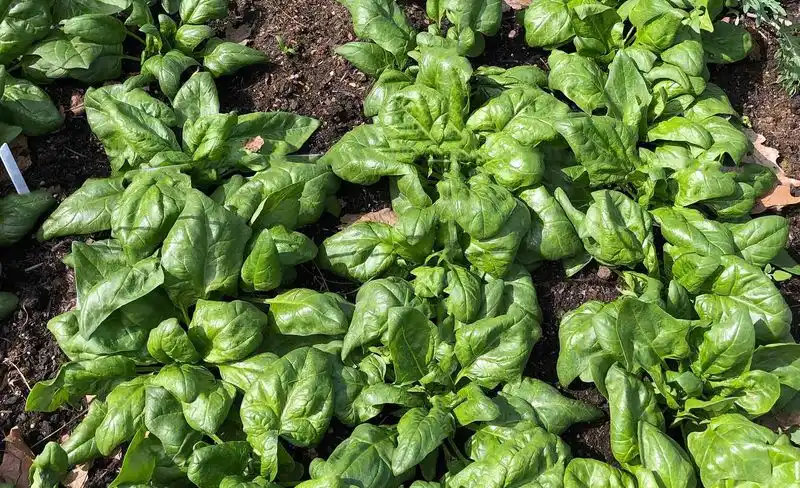
Spinach, often praised for its health benefits, can suffer when grown next to garlic. The allelopathic properties of garlic can cause spinach leaves to yellow and develop poorly. This can result in a less robust harvest, affecting both quantity and quality. To ensure a successful spinach crop, keep it well away from garlic’s reach. Instead, consider companion planting with crops like lettuce or chard, which do not have adverse reactions. This thoughtful spacing can lead to healthier spinach plants, ready to provide a nutritious addition to your meals.
Carrots
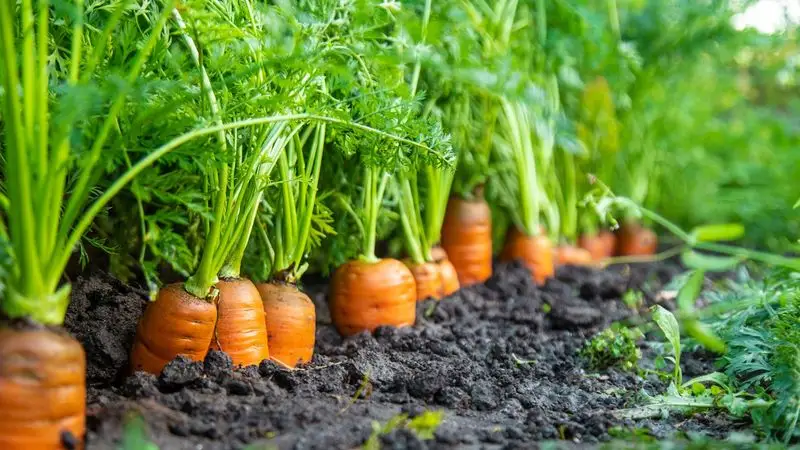
Carrots, with their delicate root systems, find garlic to be a challenging neighbor. The chemical compounds released by garlic can disrupt carrot development, leading to uneven and stunted roots. This interference can result in a disappointing carrot harvest. To safeguard your carrot crop, it’s best to grow them at a distance from garlic. Alternatively, you could pair carrots with onions or leeks, which share more compatible growing conditions. This strategic planting helps ensure that your carrots grow straight and healthy, without the hindrance of garlic.
Potatoes
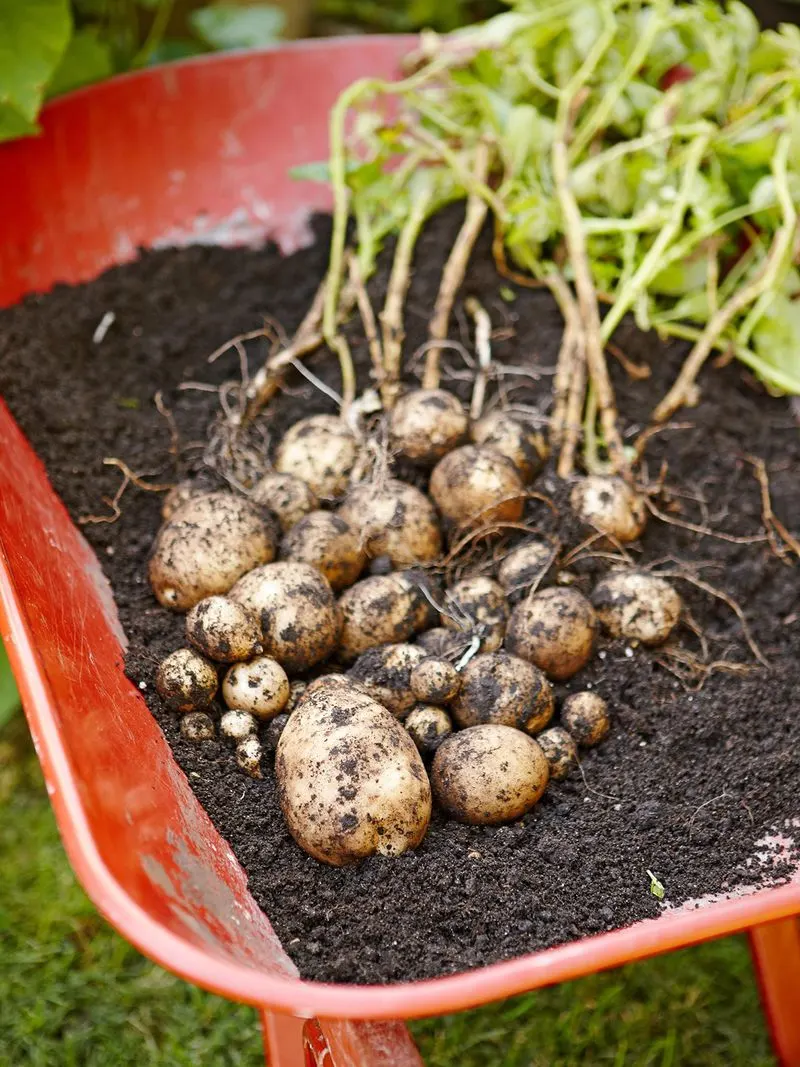
Potatoes and garlic often clash when grown together due to their conflicting needs. Garlic’s allelopathic chemicals can affect potato tubers, leading to reduced yields and quality. This competition is detrimental, especially for those relying on a good potato harvest. To maximize your potato output, consider planting them away from garlic, perhaps in a bed with more compatible plants like beans or corn. Such an arrangement can lead to a more efficient and productive garden, where both potatoes and garlic can thrive without interfering with each other.
Cucumbers
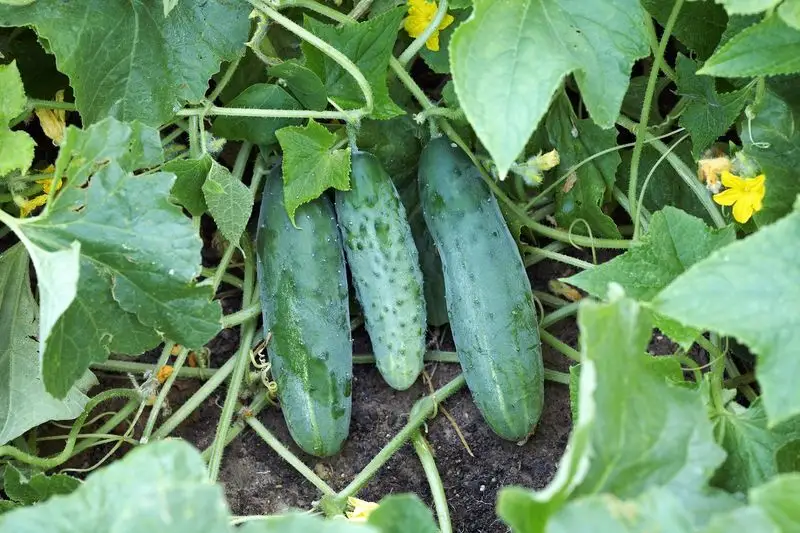
Cucumbers often face difficulty when grown alongside garlic. The chemical emissions from garlic can impede cucumber vines, affecting their growth and fruiting abilities. This can lead to fewer cucumbers and weaker plants overall. To help your cucumbers reach their full potential, it’s wise to position them away from garlic. Instead, try planting them with squash or melons, plants that share more harmonious interactions. Such thoughtful planning ensures that your cucumbers have the right conditions to flourish, providing plenty of delicious, crisp fruit.
Celery
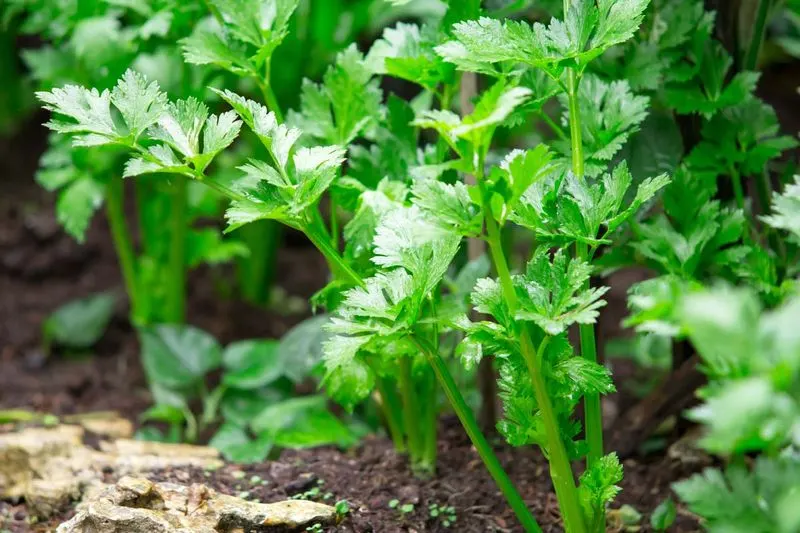
Celery requires a lot of water and nutrients, both of which can be compromised by garlic’s presence. The allelopathic effects of garlic can lead to thin and weak celery stalks, reducing their culinary appeal. To maintain healthy celery growth, it’s beneficial to plant it away from garlic. Pairing celery with other moisture-loving plants like tomatoes or peppers can provide a more supportive environment. This strategic separation helps ensure that celery grows robust and flavorful, ready to enhance your dining table with its crisp texture.
Tomatoes
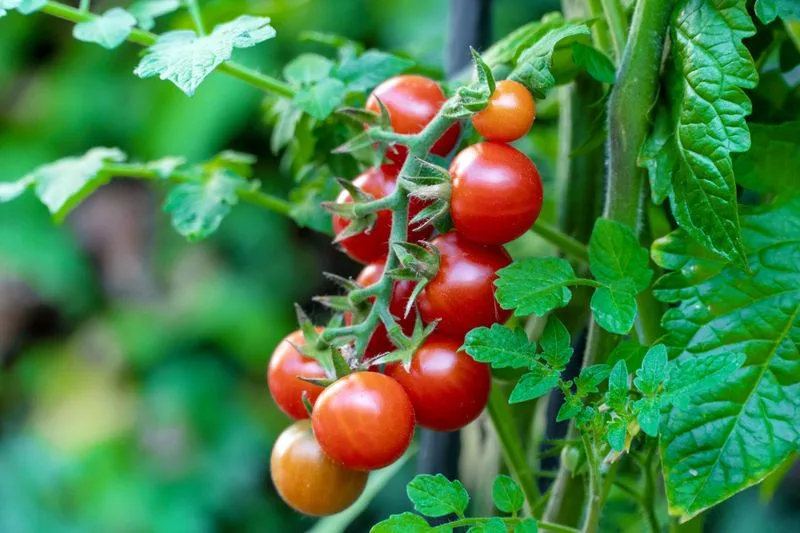
Tomatoes, though hardy, can suffer in proximity to garlic. The sulfur compounds released by garlic may impede tomato root growth, affecting fruit set and plant vigor. To protect your tomato harvest, it’s essential to provide some space between them and garlic. Consider planting tomatoes with basil or marigolds, which are known to have beneficial relationships. By planning thoughtfully, you can ensure your tomatoes have the best chance to grow strong and produce plentiful, juicy fruits that enhance your garden and kitchen alike.
Bell Peppers

Bell peppers, while robust, are not immune to the negative effects of being planted near garlic. The allelopathic nature of garlic can hinder pepper plant development, leading to smaller plants and yields. To foster healthy bell pepper growth, it’s wise to keep them at a distance from garlic. Instead, consider pairing bell peppers with carrots or cucumbers, which are more compatible. This mindful planning helps create a harmonious growing environment, allowing bell peppers to thrive and produce their vibrant, crunchy fruits.
Broccoli
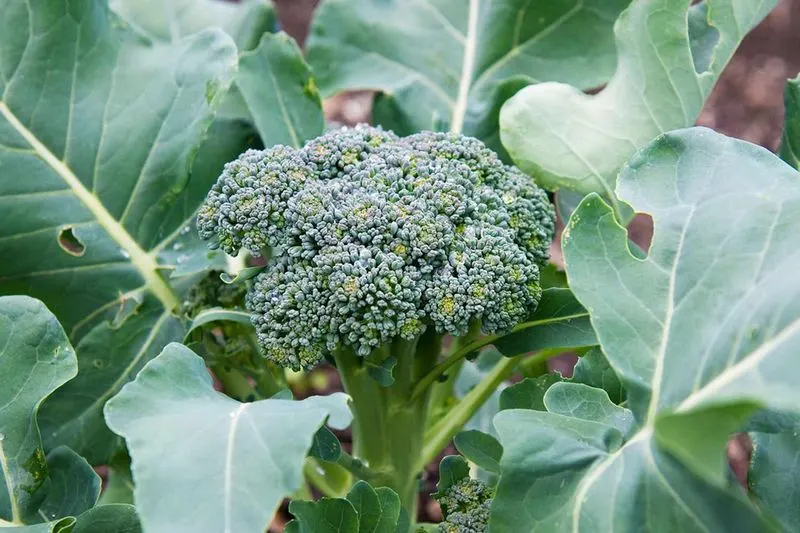
Broccoli, typically a resilient vegetable, struggles when grown next to garlic. The chemical compounds released by garlic can disrupt broccoli’s growth, leading to smaller heads and less robust plants. To ensure a healthy broccoli crop, it’s advisable to plant it away from garlic. Consider companion planting broccoli with other cabbage family members like kale or Brussels sprouts, which do not have adverse reactions. By implementing this strategy, you can help broccoli reach its full potential, offering nutritious and delicious additions to your meals.
Pumpkins
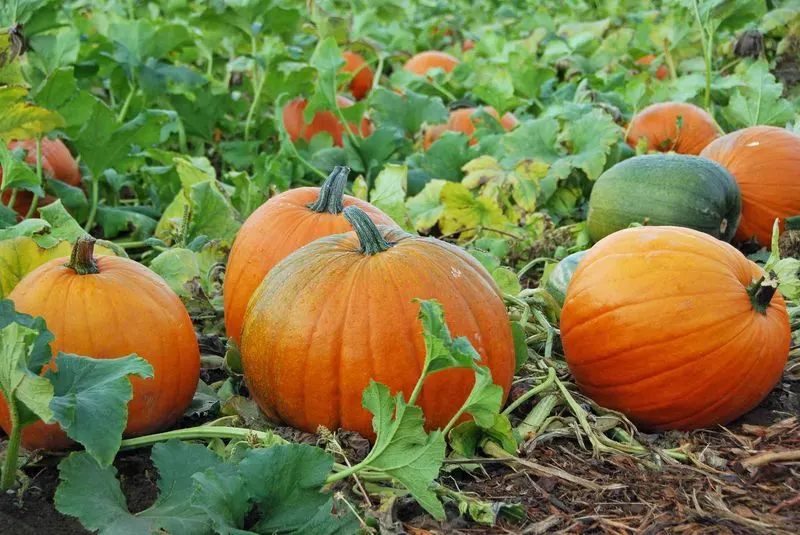
Pumpkins can be surprisingly sensitive to garlic’s influence. The allelopathic chemicals released can affect pumpkin vines, leading to less vigorous growth and reduced fruit size and yield. To nurture healthy pumpkin development, it’s best to plant them away from garlic. Instead, pair pumpkins with corn or beans, which are known to be more compatible companions. This thoughtful arrangement allows pumpkins to grow strong and plentiful, providing ample produce for autumn feasts and decorations.
Lettuce
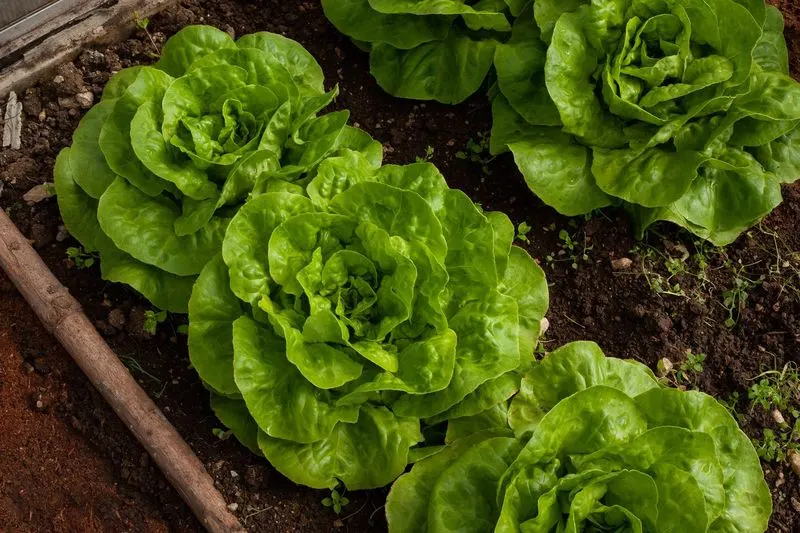
Lettuce, though generally easy to grow, can encounter difficulties when planted near garlic. The chemical interactions can cause lettuce leaves to wilt and lose their vibrant green color, affecting both appearance and taste. To keep lettuce healthy and crisp, it’s prudent to plant it away from garlic. Instead, consider positioning it with radishes or carrots, which offer more compatible growing conditions. This careful planning ensures your lettuce remains a fresh and tasty addition to your salads and sandwiches.

